Marketing has long mastered the concept of brand image: communications agencies build it up with a great deal of advertising investment, and research institutes regularly evaluate it through barometers and tracking; to delve deeper into its content, qualitative techniques are used, mainly group meetings with batteries of projective tests.
When consumers started talking about brands on the social web, another concept emerged, that of reputation - and ipso factoThe first reputation studies were carried out at the beginning of the 1990s, collecting and analysing the views of Internet users on the various social media.
While methodologically, the field of practice appeared clearly defined (direct questioning on the one hand, reading pre-existing texts on the other), the relationship between image and reputation was - and still is - much less so, the most common error being to consider reputation as image on the web.
This is not the case, for a number of reasons.
Firstly, because reputations existed long before the Internet, and even long before advertising: consumers have always shared their experiences of the products and services they buy, except that in the old world, this did not leave any traces: conversations in the café du commerce, or in the village square, were by their very nature volatile. Nowadays, they leave numerous electronic traces, which have made the fortunes of Google and Facebook.
Because the same brand can have an excellent image - at least in certain dimensions - and a bad reputation. For example, Nike, one of Interbrand's top-ranked brands, enjoys a very good image, but has a sulphurous reputation on the web, particularly following the revelations that its products were made by children in China, despite its denials.
Apple, another brand with an extraordinarily high-quality image, also regularly sees its reputation tarnished on the social web, with some geeks - even among its most loyal customers - criticising its Chinese subcontracting (with workers building smartphones they will never be able to afford) and its lack of compatibility with the non-Apple world.
This does not mean that image and reputation are independent of each other, quite the contrary; they are simply not constructed in the same way and in the same place in our brain.
The image is the result of a long learning process, linked to numerous exposures to communication, mainly advertising, but not only: the design of products, their place in the shop, etc. can also play an important role; it is essentially stored in semantic memory, which is easily accessed in qualitative groups.
Reputation comes from experience, from the consumer himself, or from his friends - who can become extremely numerous on the Net; it is rather lodged in our episodic memory, that of events we have lived through.
The more evidence of a bad reputation accumulates, the more these elements can migrate - again by learning - to the semantic memory and tarnish the image: a danger in the long term! But it's a danger that can be avoided by setting up the necessary advertising backfire.
It is often pointless to fight your detractors head-on on the social web: that's no way to maintain your reputation! It's better to use the resources of advertising to preserve your image and prevent it from deteriorating over time - which doesn't mean you can't take care of yourself by becoming irreproachable in the eyes of social network users.
One final methodological point: while reputation is now mainly analysed by reading the social web, other elements of reputation can be gathered by talking to consumers IRL (In Real Life); simply, we wouldn't be talking to their semantic memory, but to their episodic memory, by favouring interviews over groups, or by encouraging feedback in bulletin boards.
It can even be very instructive to compare these last elements with the imaginary built up during qualitative groups to assess the possible consequences of an inadequate reputation on a brand's image.




